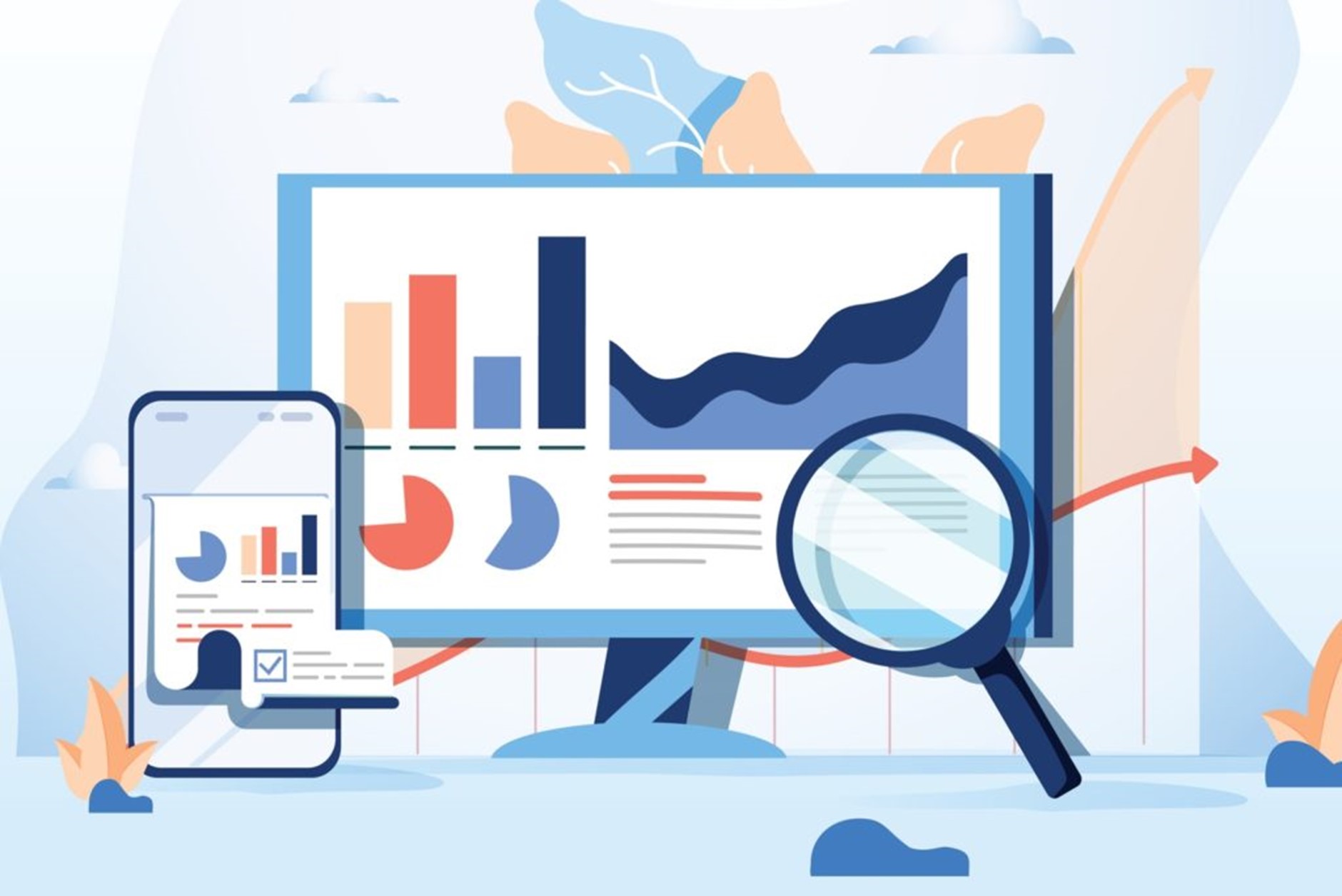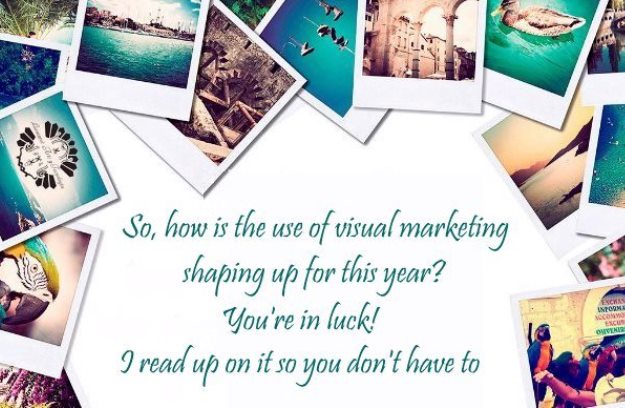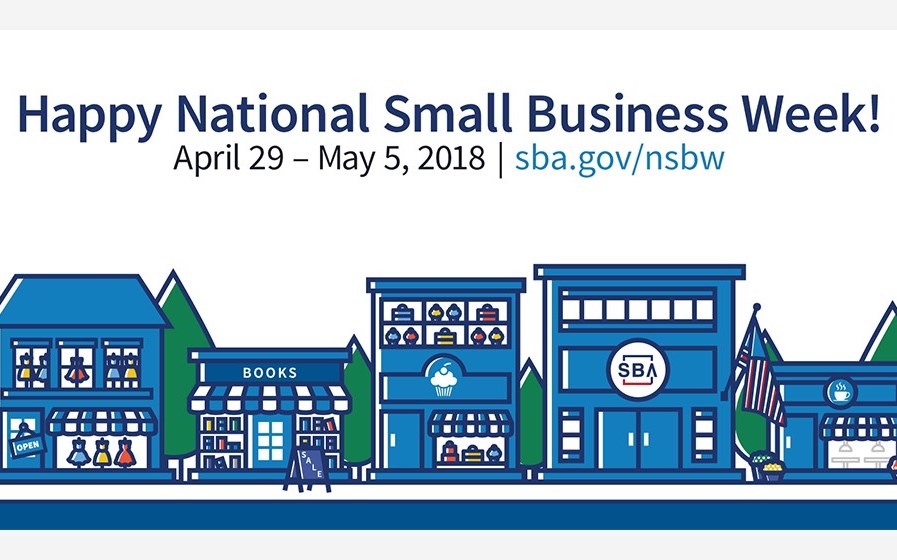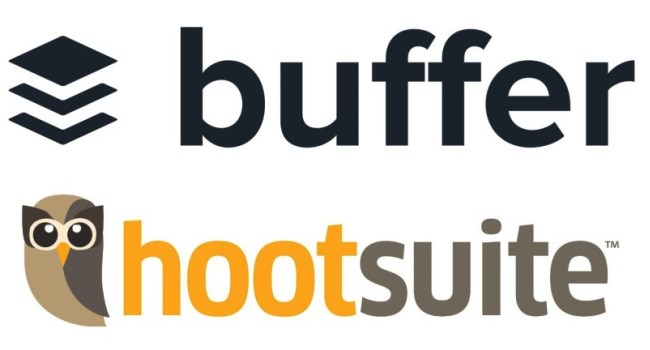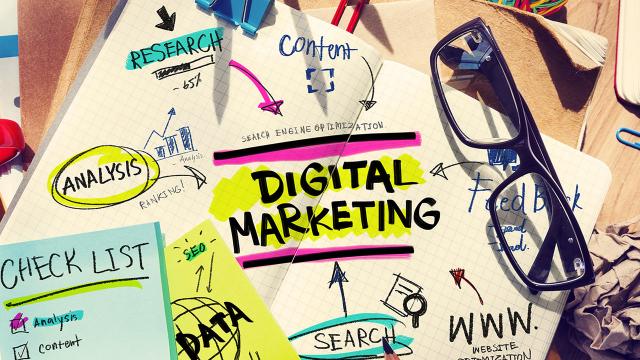I’ve always tried to explain digital and content marketing in ways that non-marketers can understand. Jargon makes people nervous and puts them off. It makes them feel like things are too complicated for them. That isn’t the type of relationship I want you to have with your content marketing.
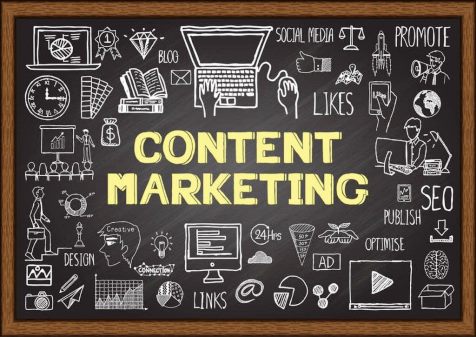
We’ve talked before about how small businesses can use digital and content marketing to meet – even exceed – customer expectations. I’ve also shared some digital marketing ideas for particular types of businesses. If my previous pieces made you comfortable enough with the idea that you’ve decided to give it a go – mazel tov! I’d love to know what you tried and how it went. Possibly as you look at your digital landscape for 2018, these tips will help you refine your efforts further. If you’re still on the fence about this whole content marketing thing – I hope these tips will give you some additional confidence to jump in with the rest of us.
1) Don’t Ignore SEO
SEO didn’t die when Google decided to crack down on cowboy tactics like keyword stuffing, content duplication, and invisible text. It grew up. It takes a bit more planning and time now but if you get it right – use original content, target the right keywords in the right places, be fussy about backlinks, optimize your anchor text – you will see results.

2) Don’t Forget the ‘Marketing’ in Content Marketing
Remember ‘Field of Dreams‘? Kevin Costner, baseball, and that voice whispering, ‘If you build it – they will come.‘ Good movie but not a marketing strategy. You can have the greatest content in the world but if no one knows it’s there – it’s useless. You can’t just build it – you must promote it as well.
- One tweet will get lost in the ongoing tidal wave that is social media today. Tweet and post more than once and at the optimal times. This means finding out what those times are and crafting alternate angles for promotion – different call to action, new headline, updates.
- A single platform may reach your intended audience – but will it hold their attention; can it deliver the whole message? You’ll need to think multiplatform – integrated with each other but still distinct.
- Cultivate relationships with influencers in your field/area – and remember, relationships take time and effort.
3) Headlines, Headlines, Headlines
No, I don’t mean clickbait. Clickbait is the internet equivalent of a tabloid headline – scare-mongering, misleading or sensationalist exaggerations designed to get you to ‘click through.’ And while you want your headline to attract attention and entice people to take action (again – click, read, buy, donate…) – you can do it without the hysteria and hyperbole of clickbait.

Focusing on who rather than why, a bit of alliteration, active/strong words, inclusion of numbers – all increase the effectiveness and impact of headlines. Buzzfeed figured all this out ages ago. We may all be tired of talking about listicles, but they haven’t gone away and they produce results.
4) Quality Over Quantity
Yes, effective content marketing requires consistency, an ongoing supply of content. But an ongoing supply of low-quality, badly-produced – or just downright dull – content will deliver the wrong message about you and your business. Here are a few ways to boost the quality of your content:
- Include visuals whenever and where ever possible. People are more likely to engage and share when visuals are involved. No budget for photos? No worries. There are lots of great free stock photos available these days – which I covered earlier in ‘Searching Out Stock Photos.’
- Get to the point. It’s too easy for people to take their eyes elsewhere. You have 5 seconds and (if they are searching for information) 2 clicks and 1 scroll before they click away.

- Oh, and please – check grammar and spelling. I’m not suggesting we must all be award-winning writers but take the time to proofread (note – I did not say spellcheck) your work. Content full of mistakes turns people off (not your goal) and makes you look slapdash and careless (not the message you want to convey).
5) Embrace Analytics
Sure, content marketing involves creativity – and there is an art to it. But it isn’t art for art’s sake. Content marketing is targeted at an audience; it is intended to motivate that audience to take some sort of action (click, read, buy, donate…). All the creativity in the world won’t tell you whether you’ve hit your target or moved them to action. Only analytics will do that.
Not sure where to start? Luckily getting started can be as easy as the free-to-use, built in Google and Twitter analytics tools. There are lots of other products and applications out there if you want more bells and whistles but if this is all new to you, these are a good way to go.
Bonus Tip: CCC (Commitment to Content Consistency)
Remember when I mentioned ‘consistency’? Did you know that websites and blogs that aren’t updated regularly don’t get included in Google’s indexing crawl? It’s true. You may have managed to get your page to the top of your targeted keyword search, but there’s no resting on your laurels in content marketing.
As always, I’m more than happy to chat about the content marketing possibilities out there and explore how I might help you and your business in more detail. Drop me a line and we’ll set something up.

 Continue reading “No Reason to Run Away from Content Audits”
Continue reading “No Reason to Run Away from Content Audits” 

